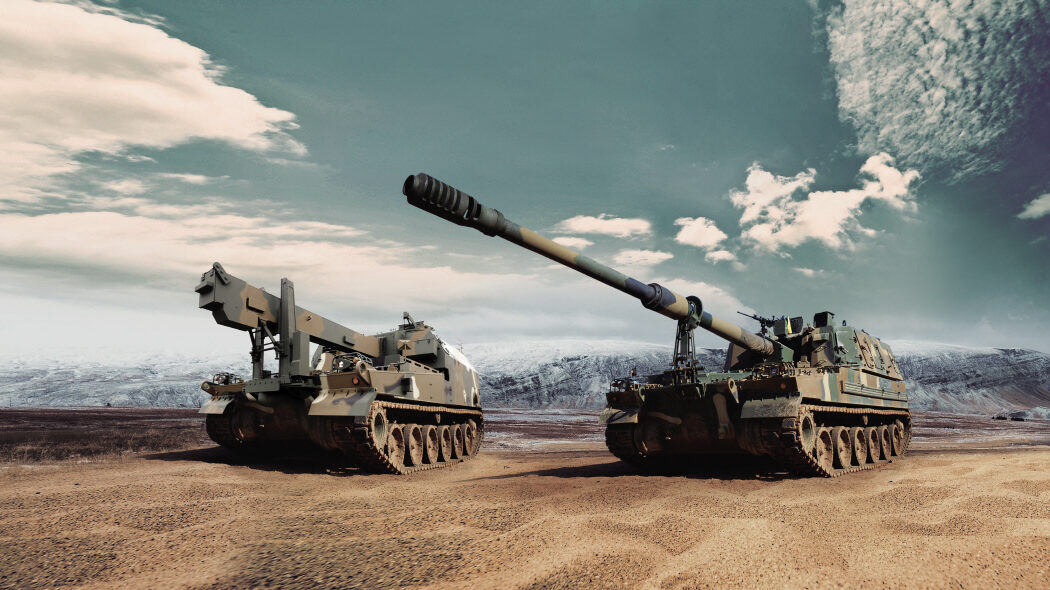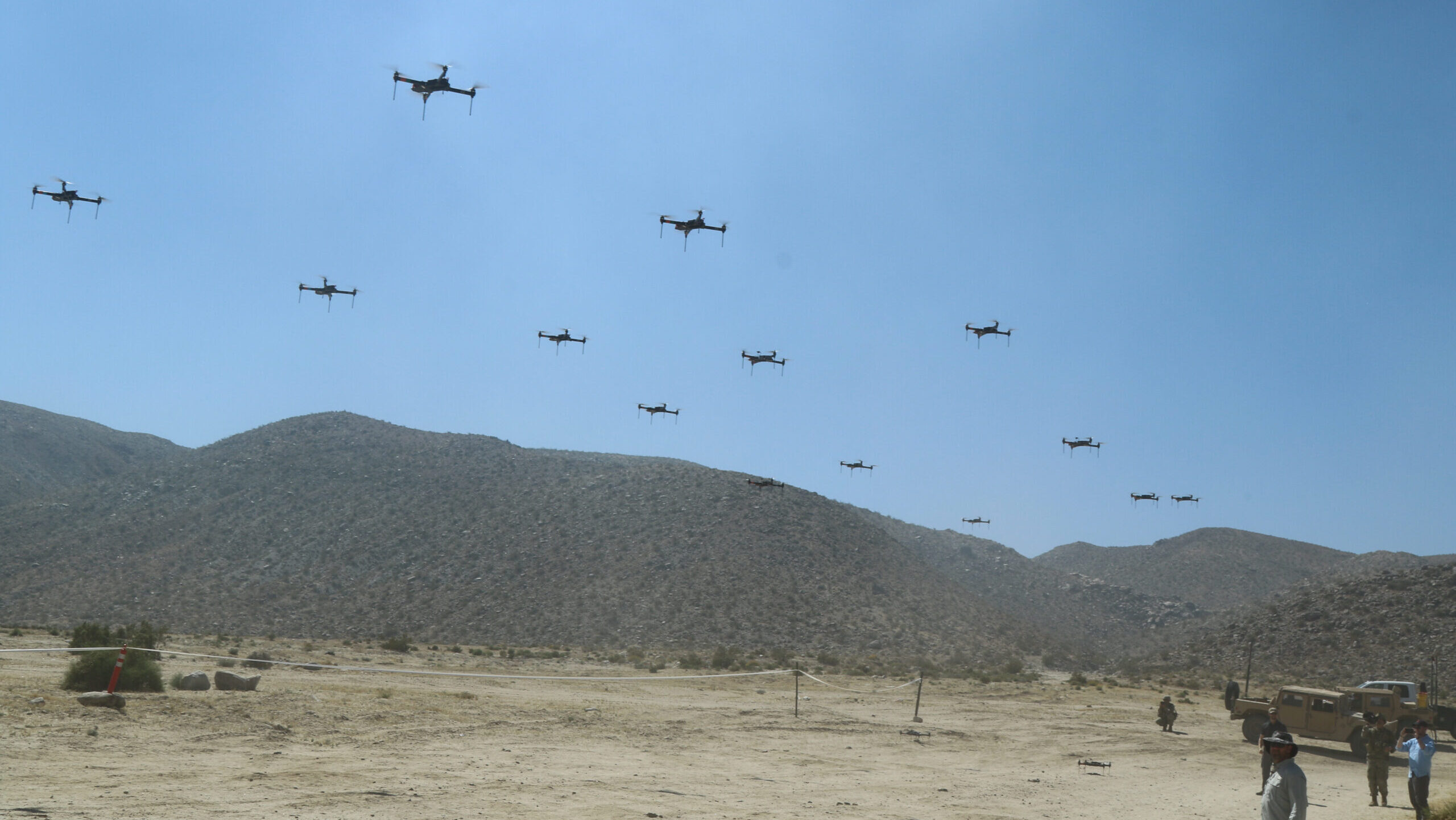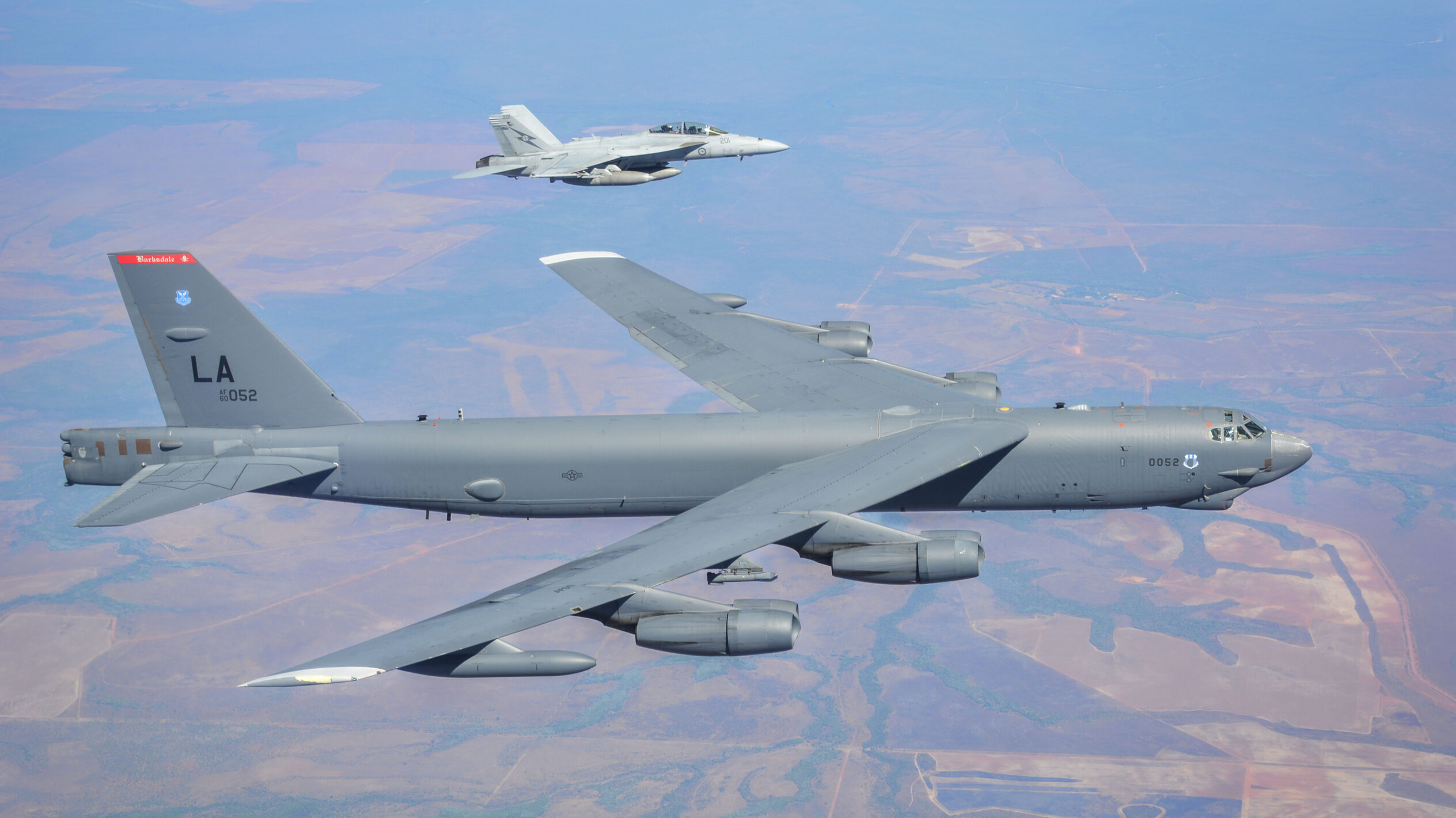Milestone B delay for Bradley replacement competition will not impact fielding, Army says
“The [new] Milestone B date will allow the two competing contractors to complete a more comprehensive critical design reviews prior to the milestone decision,” an Army spokesperson said. “The program continues to meet key events to deliver on schedule.”
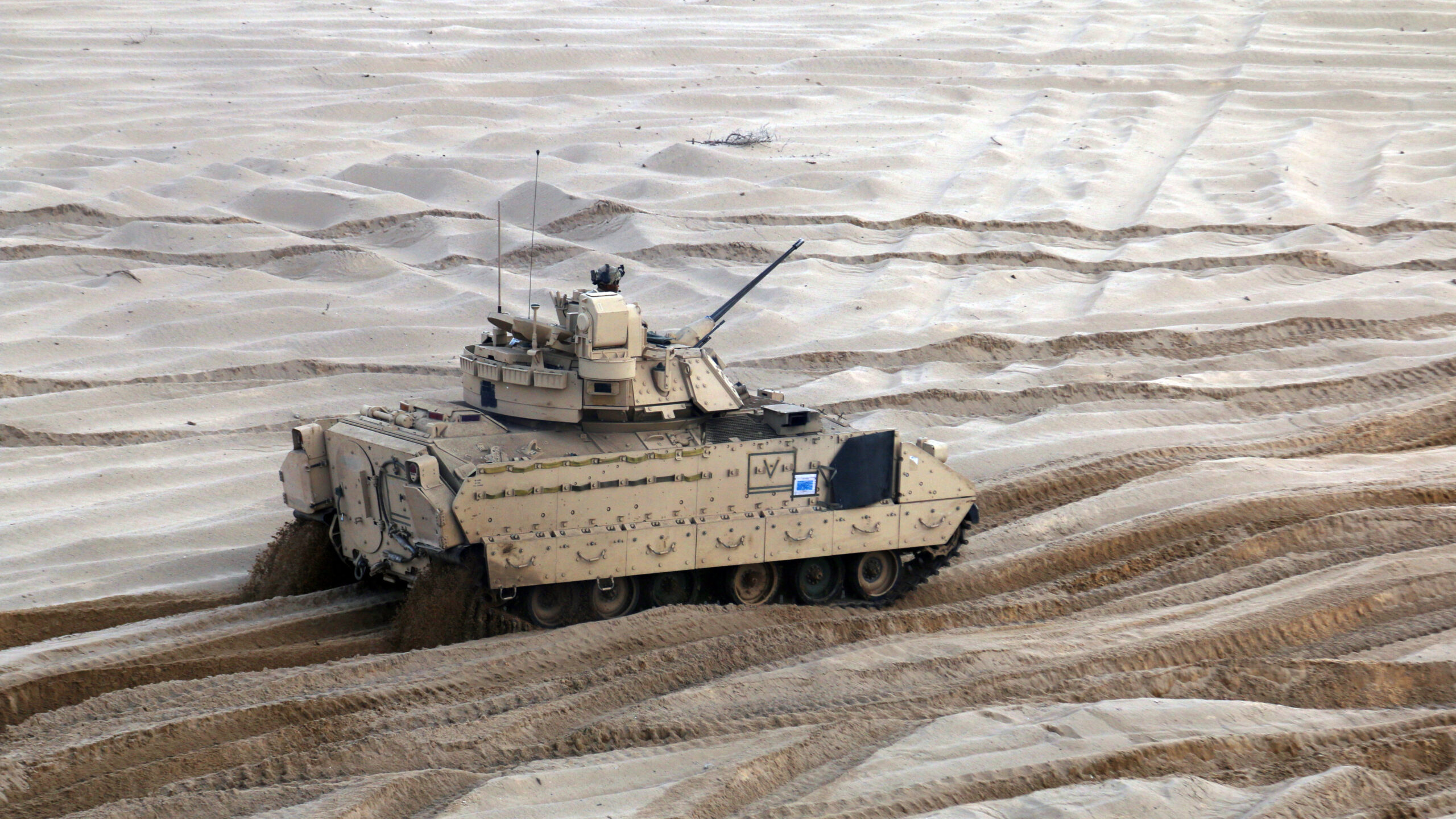

An M2A3 Bradley Fighting Vehicle from 5th Squadron, 4th Cavalry Regiment, 2nd Armored Brigade Combat Team, 1st Infantry Division, moves into position to conduct a firing systems check at the Presidenski Range, Trzebian, Poland. (US Army/Staff Sgt. Wallace Bonner)
WASHINGTON — While the US Army slightly delayed the critical design reviews for two companies vying to win its M2 Bradley Fighting Vehicle replacement program, a service spokesperson said the decision is not expected to cause a larger program delay.
Both American Rheinmetall and General Dynamics Land Systems (GDLS) are currently competing for the Army’s coveted XM30 deal — formally dubbed the Optionally Manned Fighting Vehicle (OMFV). Each team currently holds a prototyping contract with the service, and their respective plans were expected to go through a critical design review late last year. However, the Program Executive Office Ground Combat Systems opted to delay those reviews and also postpone making a Milestone B decision — the Engineering and Manufacturing Development (EMD) — from the January to March timeframe until the end of June.
“The [new] Milestone B date will allow the two competing contractors to complete a more comprehensive Critical Design Reviews prior to the milestone decision,” a spokesperson for the office wrote in emailed answers to Breaking Defense last week.
“The program continues to meet key events to deliver on schedule,” the spokesperson added.
While the Army’s XM30 plans could change based on the new administration’s priorities and budget constraints, the service’s plan was to use findings from the design review to tweak with competitors’ designs if warranted. Then inside that Milestone B phase, each team would produce seven identical prototypes for testing before the Army crowns a single victor in 2027 and soldiers begin receiving the combat vehicles around the 2029 window.
It is yet to be seen if that plan will stick this time around, given this is the Army’s fourth attempt to design a Bradley follow-on. After false starts under the Future Combat Systems and Ground Combat Vehicle umbrellas, the Army launched its initial OMFV competition that it ended up scrapping in January 2020 because it did not have a suitable candidate that could meet requirements and timetable.
However, the service quickly moved out with its fourth attempt by launching a new OMFV competition later that year with a more flexible set of parameters based around design characteristics and a slower schedule.






























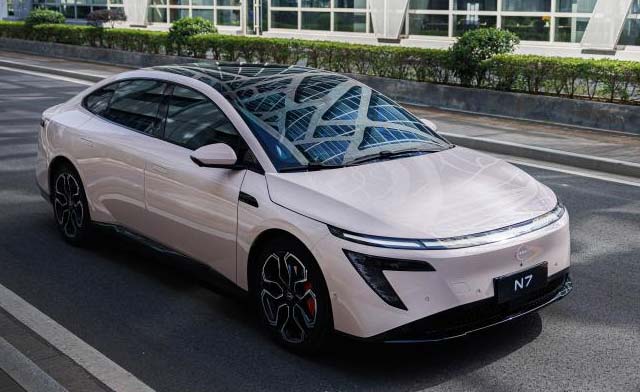



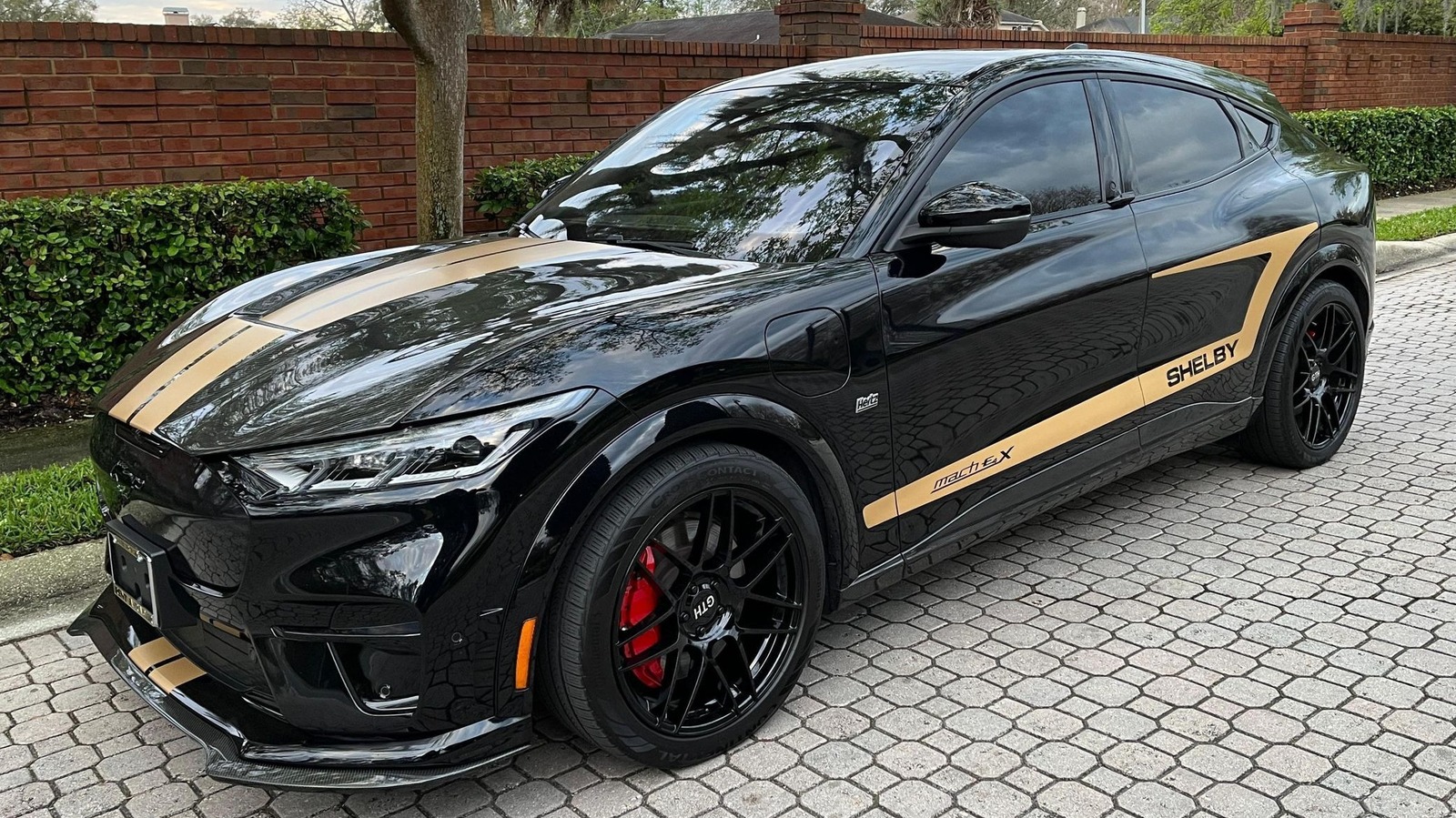







































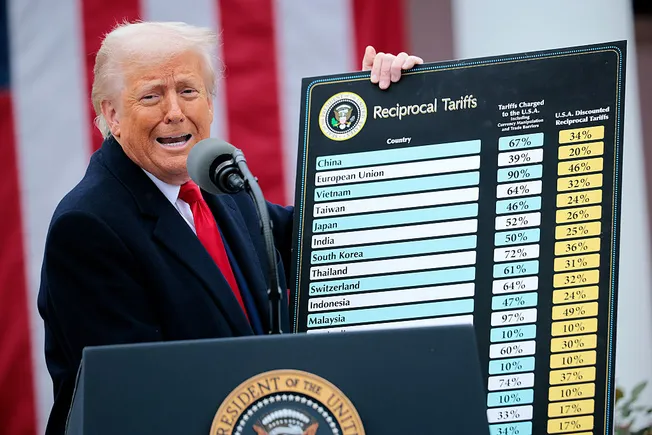















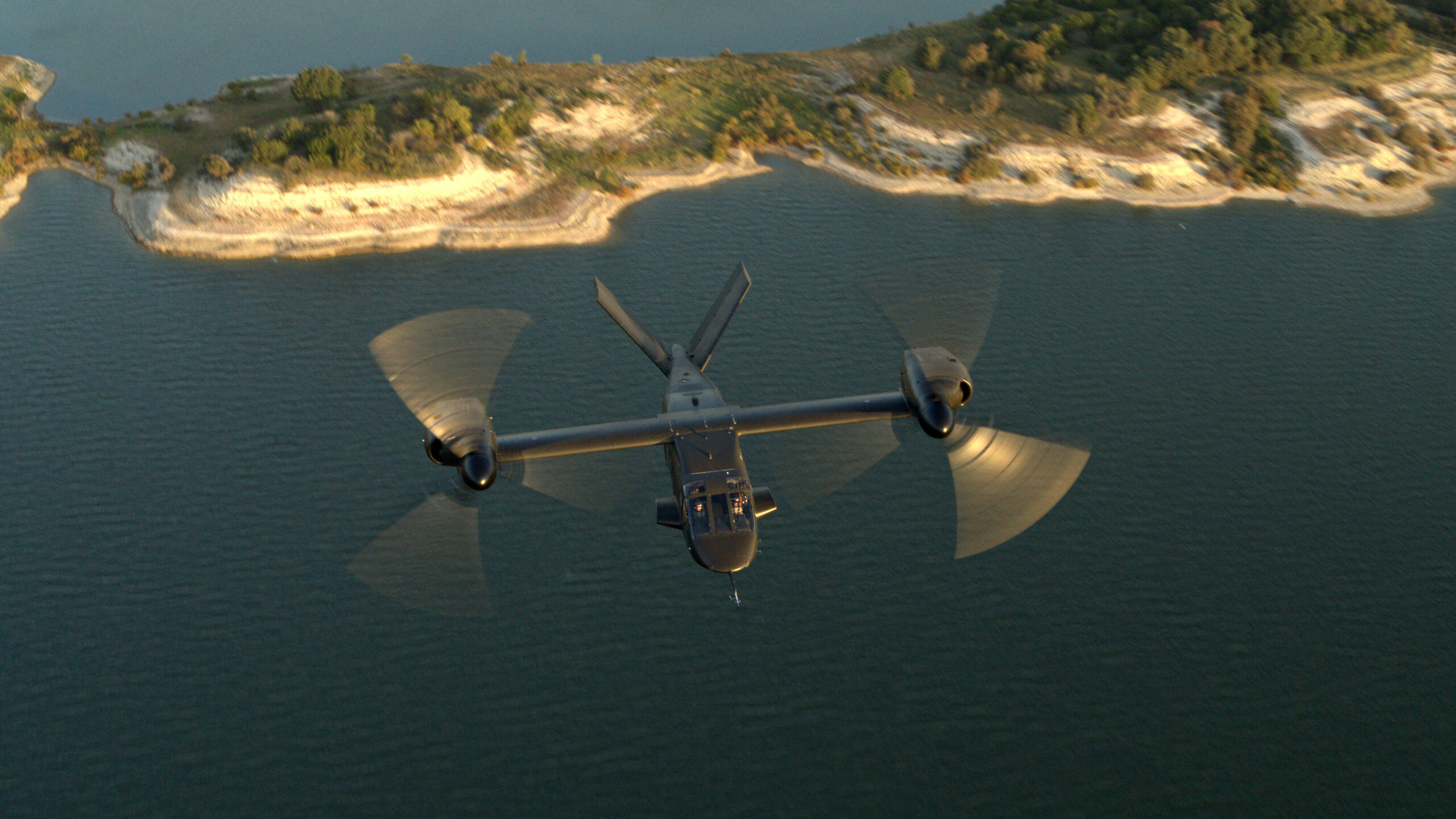












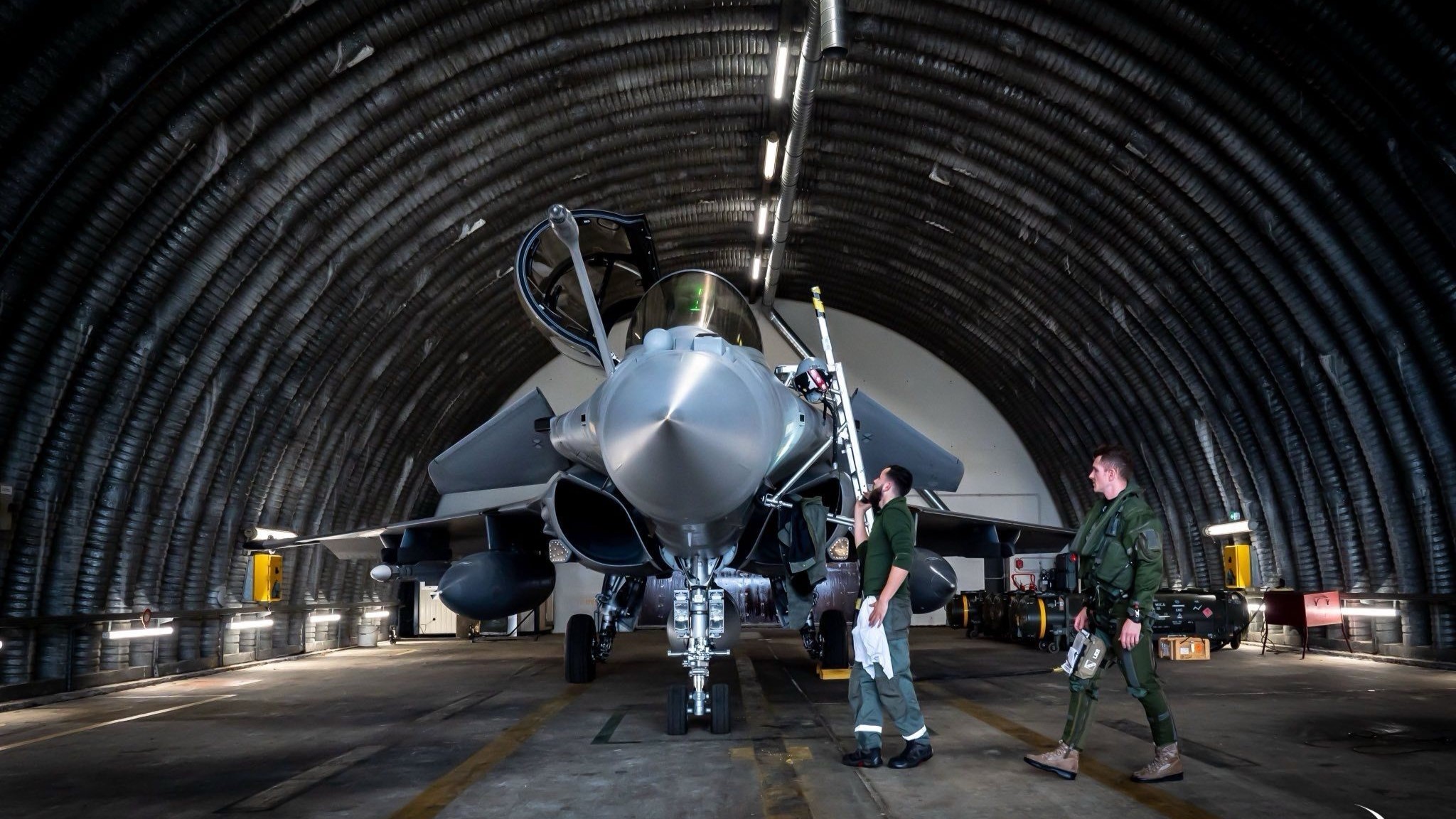

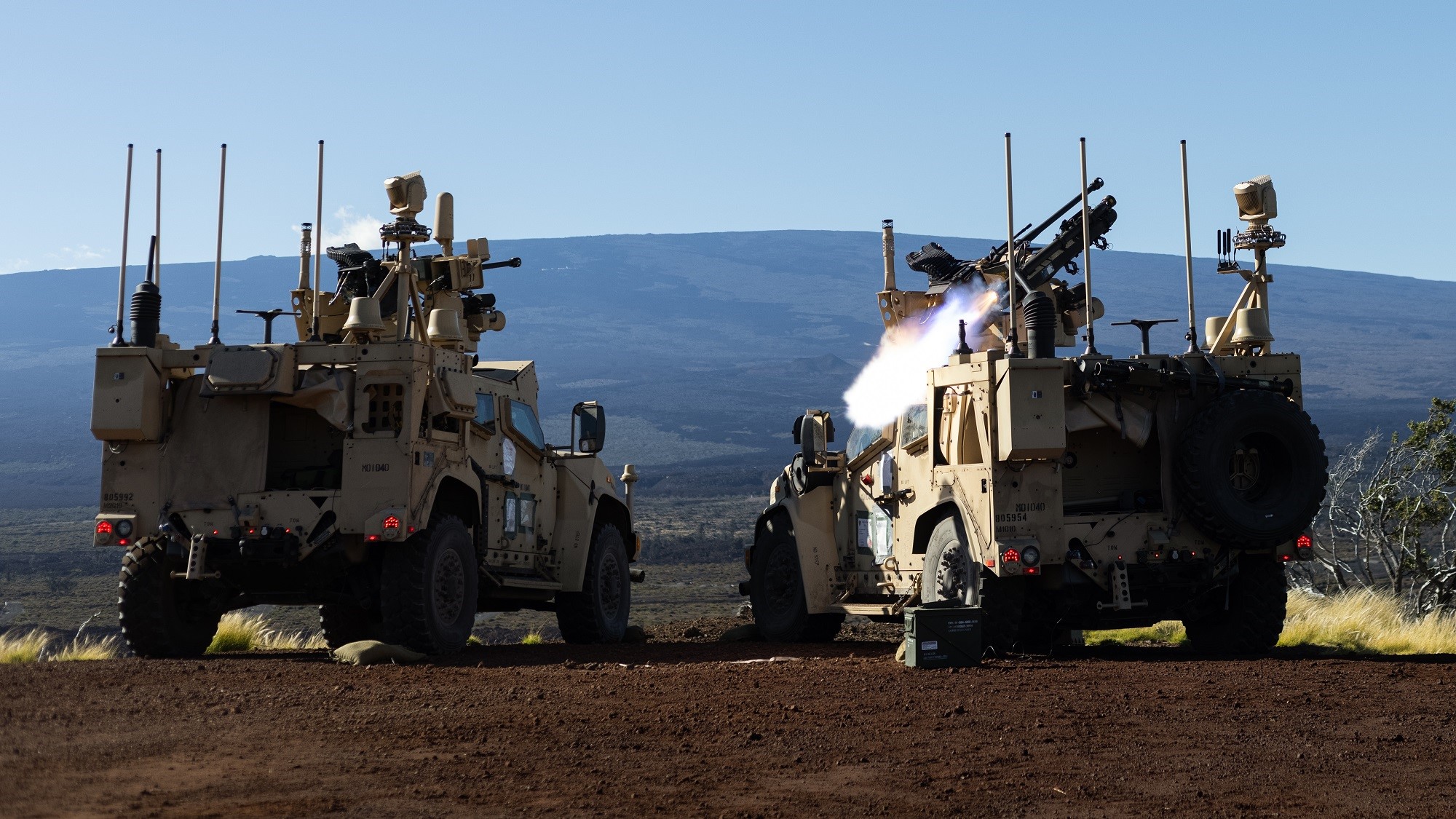






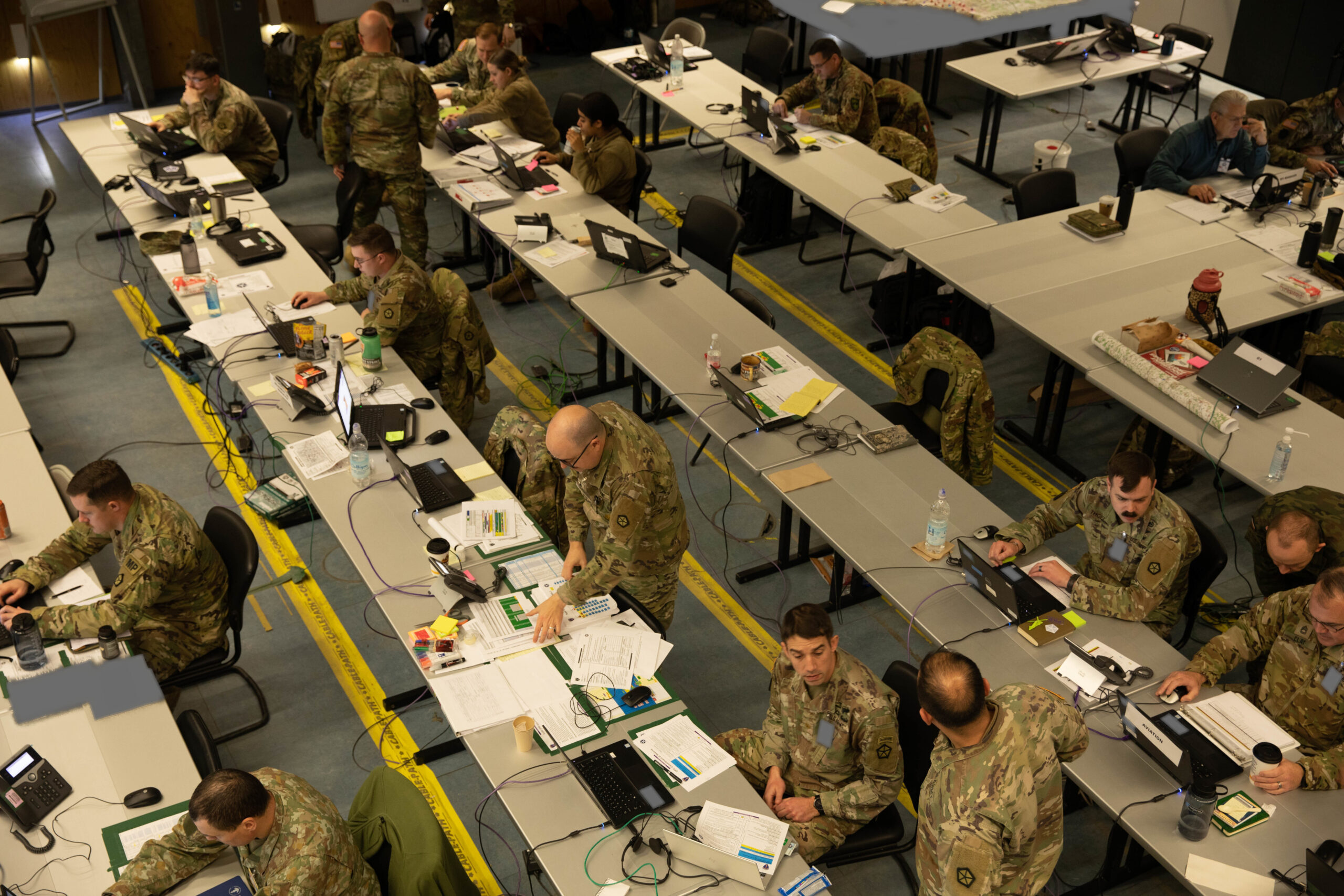





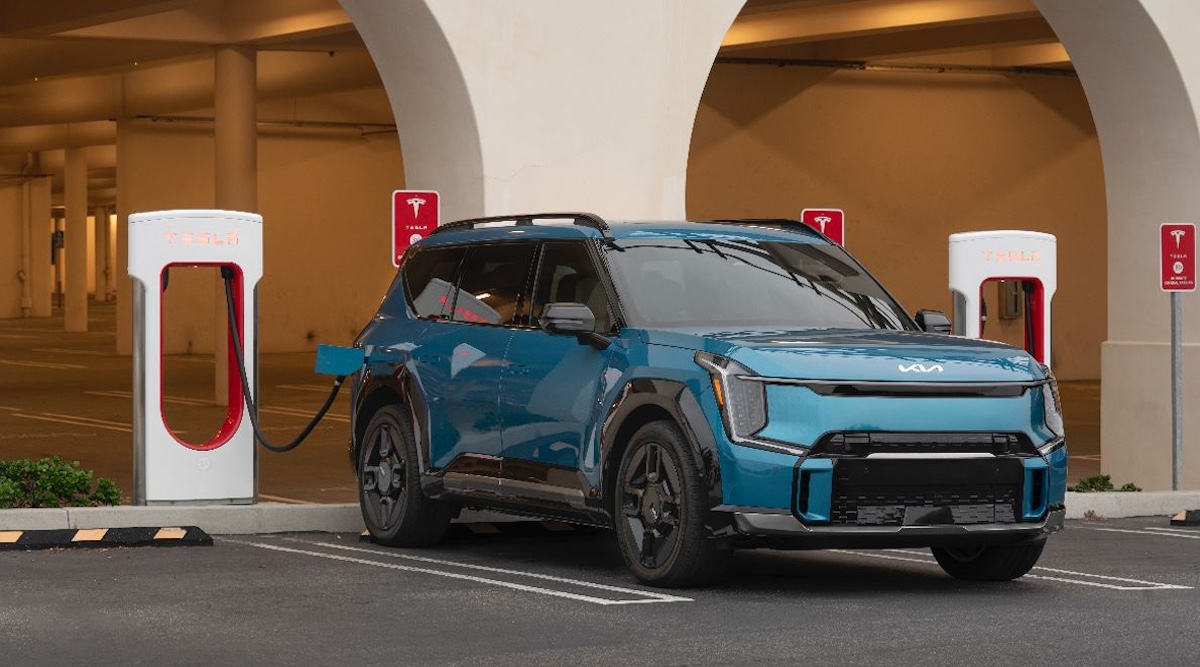
















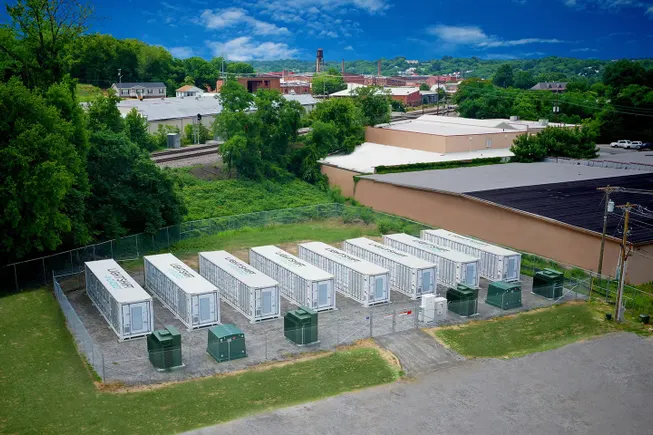
























.jpg)

